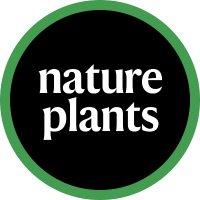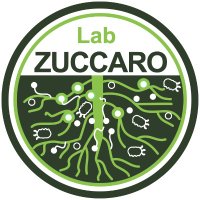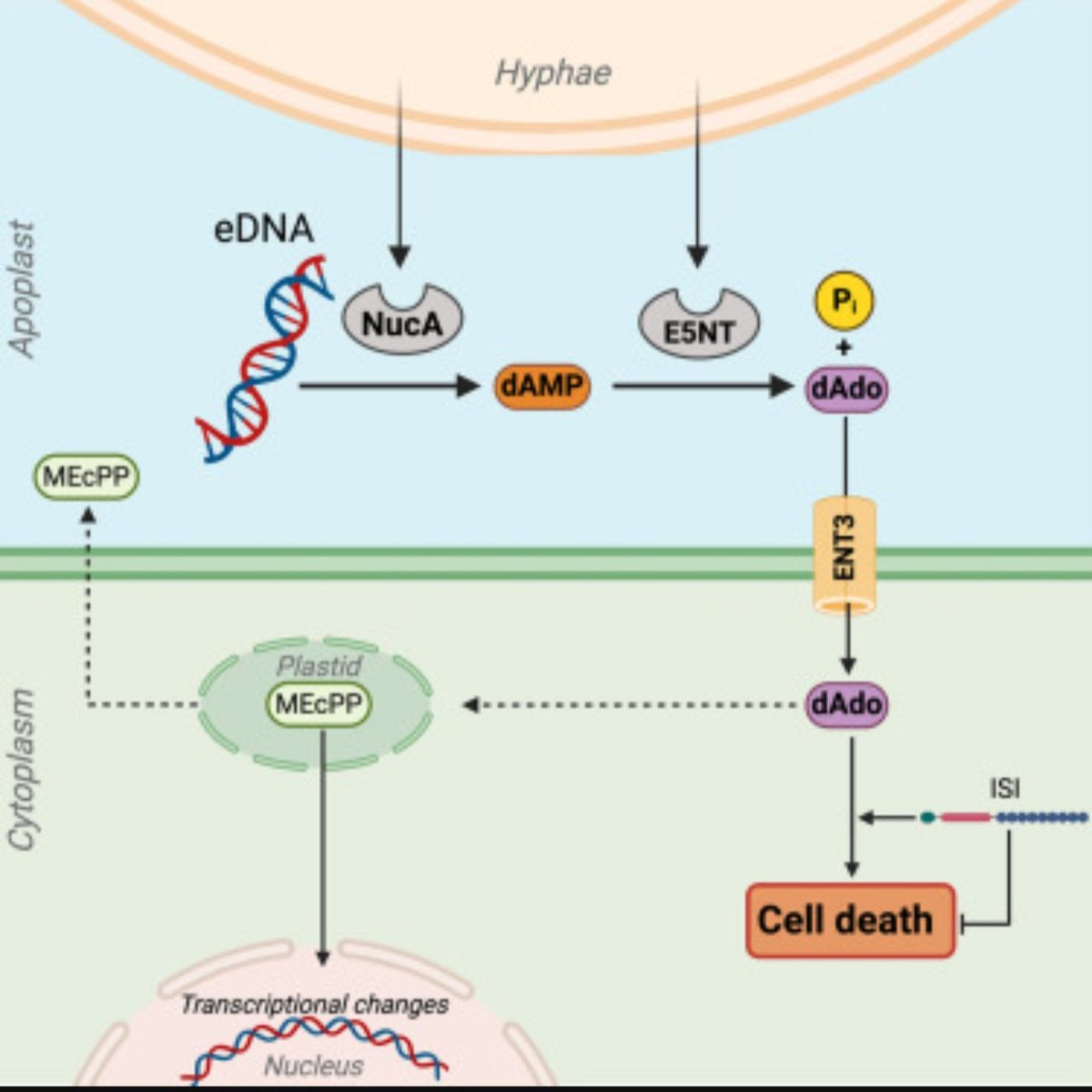
Andreas Keppler
@andreaskeppler
Studying plant-microbiome interactions @ETH Zurich. T6SS enthusiast. I like wine.
ID: 1379374873294876678
06-04-2021 10:06:20
60 Tweet
93 Followers
121 Following

Metabolic plasticity of STm Hardt lab Microbiology_ETH reveals metabolic adaptations of #Salmonella Typhimurium to changes during infection, i.e. diversification of mixed-acid fermentation & use of partial TCA cycle in response to redox & nutritional changes cell.com/cell-host-micr…




The virtual issue: "The chemical language of plant–microbe–microbe associations" is out New Phytologist! All selected articles are available here: nph.onlinelibrary.wiley.com/doi/toc/10.111… See also our editorial (with Francis M. Martin): nph.onlinelibrary.wiley.com/doi/full/10.11… Big thanks to all authors and Holly Slater!

#Xanthomonas pathogens are stuck in hydathodes for weeks(!) and cannot traverse to the xylem vasculature if they lack four specific cell wall degrading enzymes. Tremendous effort and beautiful “Xantho-blots” by @MishaPaauw Harrold van den Burg biorxiv.org/content/10.110…

Have you ever seen Arabidopsis lighting up like a Christmas tree🎄? – it’s always the right season for this! Try our new imaging setup to follow bioluminescent bacteria💡inside plants over time. Great work by our group Nanne Taks Harrold van den Burg biorxiv.org/content/10.110…








Our latest paper Cell Host & Microbe, SFB_1403, CEPLAS is online: "A nucleoside signal generated by a fungal endophyte regulates host cell death and promotes root colonization". Many thanks to Nick Dunken and the fantastic team of scientists involved. sciencedirect.com/science/articl…



Plants finely tune their microbiome! Andreas Keppler from the #Vorholtlab reveals GNSR as dose-responsive perception and signaling system, feeding back to leaf microbiota and maintaining the balance of plant–microbiome interactions. ETH Zürich Microbiology_ETH nature.com/articles/s4147…

Immunity versus community: Leaf bacteria activate dose-dependent immune responses that shape the plant microbiota. A dynamic feedback described in Nature Plants by the #VorholtLab at ETH Zürich Zurich. More: biol.ethz.ch/en/news-and-ev…. Paper: doi.org/10.1038/s41477….


